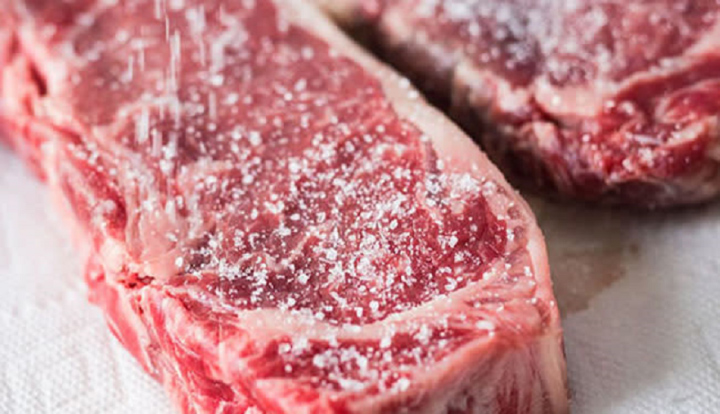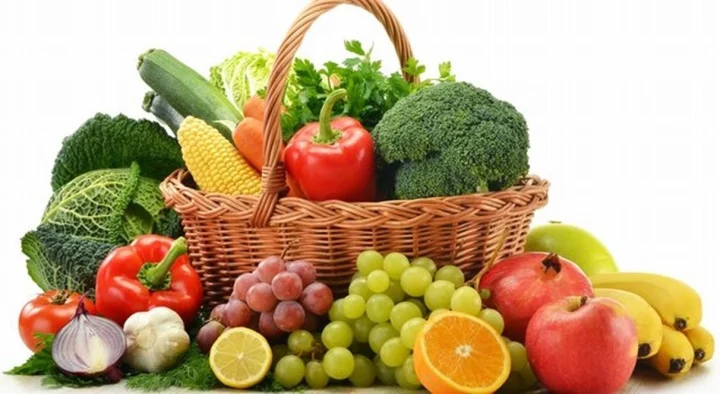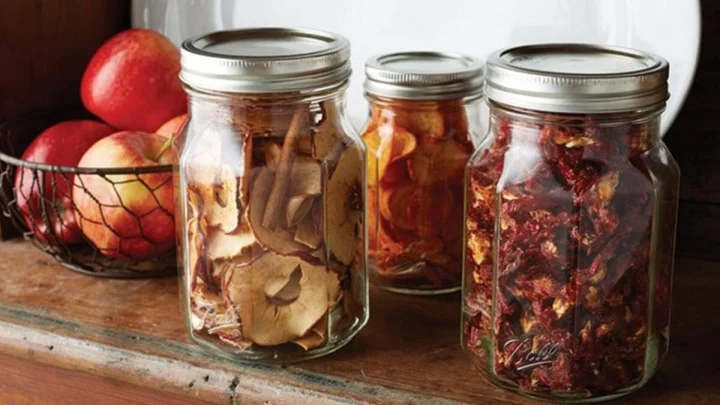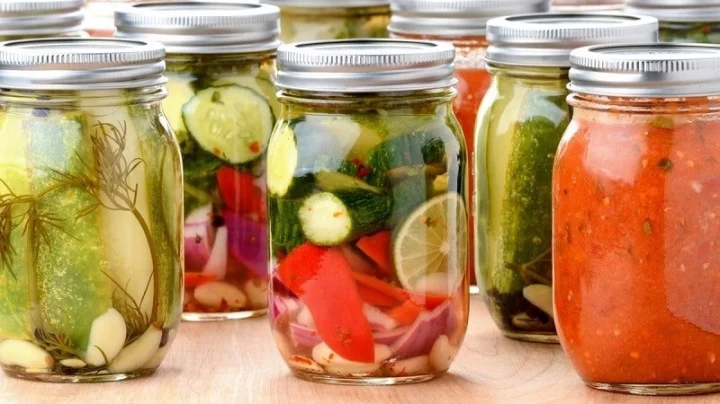To keep food fresh for longer, housewives often put it in the refrigerator. However, many families do not have a fridge or have limited fridge space. In such cases, you can try the following preservation tips to keep food fresher for longer.
How to preserve fresh food without a refrigerator
For fresh raw food
For fresh raw food, it spoils quickly, so you need to handle and preserve it in a timely manner. After draining, put the meat or fish in a box and sprinkle salt on top to cover the box tightly. Then add some black pepper on top.
This method not only helps with preservation but also enhances the rich flavor of fresh raw meat and fish. You can also pan-fry the fish or boil the meat to retain their nutrients and extend their preservation time.

Preserving fresh raw food without a refrigerator
For vegetables
Vegetables are easily wilted due to lack of water and nutrients. You can soak them in water. Note that only soak the stems, occasionally sprinkle some water on the leaves, and do not soak the vegetables for too long to prevent them from becoming soaked. For vegetables grown in sandy soil, you can consider keeping them fresh by placing them in a bucket of water.
You can also preserve vegetables in a clean, ventilated place to minimize the impact of bacteria that can cause spoilage. Additionally, drying is also a method of preserving food without a refrigerator that helps retain the flavor of vegetables.
For roots and fruits
For roots and fruits, you should separate the spoiled ones from the good ones. If you buy ripe fruits, eat them immediately and do not keep them. Try to store them in a dry, cool place. In addition, there are still some preservation tips for various types of food, such as:
– Shallots or carrots: Replant them in clean, moist sand, vertically.
– Cut lemons: Place the cut side on a plate with vinegar.
– Stack potatoes with tomatoes to suppress the sprouting process of potatoes.
– Tomatoes: The best way to preserve ripe tomatoes is at room temperature, around 25 degrees Celsius, and use them within a week. To prevent bruising, do not stack tomatoes on top of each other. If you stack multiple layers of tomatoes, place a sheet of paper or newspaper between the layers.
– Dried garlic and onions: Store onions and garlic in a dry, cool place. When stored properly, onions can be used for about 30 days, and garlic can be stored for longer, about 3 to 5 months.

Preserving fruits and vegetables without a refrigerator
For cooked food
Cooked food, if not properly preserved, can become a favorable environment for bacterial growth, leading to health issues for consumers.
If you leave cooked food at room temperature for more than 2 hours, it is no longer safe to reheat, and you should discard it immediately. Even sterilized and sealed food, once the lid is opened, is no longer sterile. The air contains many bacteria and molds, making it easy for them to invade and thrive in suitable environments.
To ensure the food remains flavorful, consume it right after cooking. If there is leftover food, reheat it, let it cool, place it in a tightly sealed container, and store it in the refrigerator for the next meal.
Some non-refrigeration preservation methods
Drying
Many types of fruits and vegetables can be easily preserved by drying. This method of preservation is one of the most effective ways to keep food for a long time, as long as they are kept dry.
When buying a large quantity of vegetables, you can wash them, cut them into small pieces, and dry them. Dried foods can be kept for a long time and will not spoil like tomatoes or some fruits.
For fresh foods (meat, fish): First, clean and cut them according to your needs. Then, soak them in a saltwater mixture and let them dry under the sun for several days until they reach the desired dryness. Finally, carefully store them in a zip bag or a sealed container in a dry place.

Non-refrigeration preservation using the drying method
Salt curing
Salt curing is a traditional method of preserving fresh raw meat and fish by preventing bacterial invasion. Most bacteria cannot grow in an environment with a salt concentration higher than 10%.
You need to rub a mixture of salt and sugar onto fresh meat and wrap the meat in a container, keeping it stable and cool. The process of soaking in saltwater is similar, but you need to regularly change the saltwater solution. Additionally, salted meat needs to be soaked in water for a long time to remove excess salt and reduce it to an edible level.
Fermentation, pickling
This is also a traditional method of preserving food for a long time and adding flavor to the dish.
Usually, we pickle food by putting it in a mixture of vinegar, sugar, or salt sugar to cool. The water environment with acid or alkali helps some beneficial bacteria grow.
For vegetables, when buying in large quantities or during the harvest season, you can clean and gradually pickle them. In addition, milk or meat can also be fermented or pickled with vinegar.

Non-refrigeration preservation using the pickling method
Making preserves
Making preserves is suitable for fruits because using sugar helps inhibit the growth of mold, allowing you to use fruit preserves throughout the year without them spoiling.
Procedure: First, clean and cut the fruit according to your preference. Then, marinate the cut fruit with sugar and other ingredients according to the preserve recipe, and let the mixture rest. After that, simmer until dry before preserving in a tightly sealed jar placed in a cool, ventilated area for gradual consumption.
Smoking
Smoking meat or drying meat is also a method of preserving meat. Smoked or dried meat has a different flavor compared to fresh food, allowing for a change in taste. Although this process may take time, it offers a delicious taste to the dish, and you can keep it from spoilage for a few days.
Source: VTC News

































